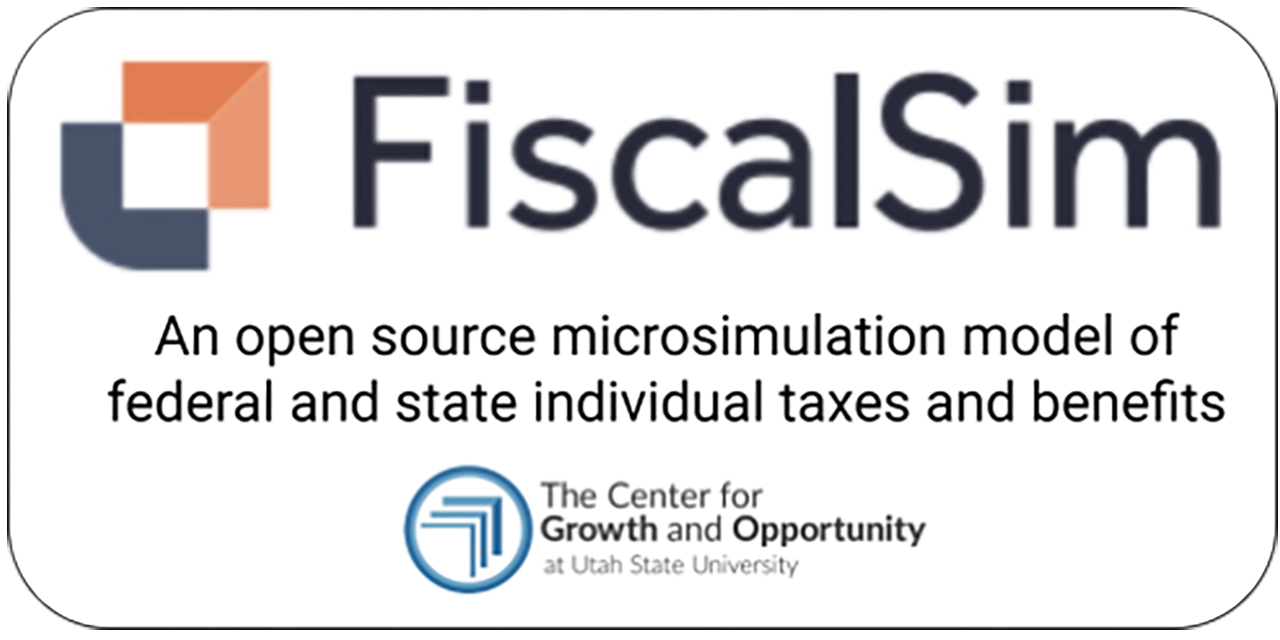Temporary Assistance for Needy Families (TANF)#
Temporary Assistance for Needy Families (TANF) is an federal block grant that is awarded annually to states to aid impoverished family households. Enacted in 1996 as part of the Welfare Reform Act, TANF has four stated program goals.[1] Those goals are:
Provide assistance to needy families so that children can be cared for in their own homes
Reduce the dependency of needy parents by promoting job preparation, work and marriage
Prevent and reduce the incidence of out-of-wedlock pregnancies
Encourage the formation and maintenance of two-parent families.
The TANF block grant funding that states receive must be put towards any combination of these four purposes. There are many ways that states allocate TANF funds. The total amount of the TANF block grant that is given out to states has remained constant at $16.5 billion since its creation in 1996. As a result, its real value has gone down by 40%.[2] Below is a table that shows TANF spending aggregrated across all 50 states for FY 2020.[3]
Category |
Amount Spent in billions (% Total Spending) |
|---|---|
Basic Assistance |
$7.1 (22%) |
Work, Education, and Training Activities |
$3.0 (10%) |
Work Supports and Supportive Services |
$0.8 (2%) |
Child Care |
$5.2 (17%) |
Refundable Tax Credits |
$2.8 (9%) |
Pre-Kindergarten/Head Start |
$2.7 (9%) |
Child Welfare |
$2.6 (8%) |
Program Management |
$3.2 (10%) |
Other |
$4.1 (13%) |
Total |
$31.5 (100%) |
As shown above, the most common use of state TANF funds is cash assistance (indicated in the table as “Basic Assistance). Similar to other welfare programs, the eligibilty and benefit level of TANF cash assistance involves a complex set of calculations that are established at the federal level with some state-by-state variations. Calculations for TANF eligiblity and benefit level are explained further down in this introduction.
In addition to cash assistance, states may use part of their TANF grant to provide non-cash assistance by allocating funds towards services and programs that fulfill one of the four stated program goals. As shown above, the most significant of these include work readiness programs, child care, and refundable tax credits.
States are required to spend dollars from their own budget in order to receive TANF and avoid fiscal penalty. These funds are known as “maintenance of effort” spending.[4] As shown in the above table, in addition to the \(16.5 billion TANF block grant, states spent put an additional \)15 billion towards TANF assistance and programs.
TANF Calculations - Cash Assistance#
Eligibility#
TANF assistance is given to families if they are both demographically and socioeconomically eligible. To fulfill the demographic eligibility requirement, households must contain children (individuals aged 0-17), pregnant persons, or 18-year olds who are enrolled in high school. To be economically eligible, a family must have an calculated “countable income” lower than a certain level.
Benefit Amount Calculation#
The basic formula for calculating SNAP benefit amount is:
Maximum TANF amount - (Countable Income - Deductions) = TANF benefit
The maximum TANF amount is an amount that is most significantly affected by household size. Each state has a specific maximum benefit level for 1-person, 2-person, etc. households. Additionally, some states elect to set different maximum cash benefit TANF amounts for different counties to reflect major categories of differences in CPI. Also, some states choose to offer slightly more TANF cash benefits to those households containing elderly or disabled persons.
The countable income of a household includes the following sources of income: employment, self-employment, dividend, interest, GI cash assistance, Social Security, and SSI.
There are two deductions that are then applied to the countable income of a household. First, a flat earned income deduction is applied. This amount varies across states, but for reference, the flat earned income deduction in California is $600 per month. Then, a percentage earned income deduction is applied. This percentage also varies across states, but for reference, the percent earned income deduction in Illinois is 75%.
TANF Calculations - Non-cash Benefits/BBCE#
Eligibility#
There are a separate set of eligibility calculations that are performed to determine if a household is available for non-cash TANF-funded benefits (such as a child care service or work program). These eligibility requirements are easier to satisfy than TANF cash asssistance benefit requirements.
In some states, if a household is non-cash TANF eligibile, then they automatically become categorically eligible to recieve Supplemental Nutrition Assistance Program (SNAP) benefits as well. This categorical SNAP eligibility through non-cash TANF eligibility is referred to as broad-based categorical eligibility (BBCE).
3 main eligibility requirements for non-cash TANF benefits include an asset limit, an gross income limit, and a net income limit.
While the asset limit varies between states, the most common limit amongst states is $3,500. Some state exceptions include abolishing the asset limit if a household’s income is below 200% FPL or if a disabled or elder person in the household, or simply adjusting the asset limit to best reflect the cost of living in that state.
The gross income limit varies across states, but generally can be as low as 130% FPL, or as high as 200% of FPL.
The net income limit also varies across states.
